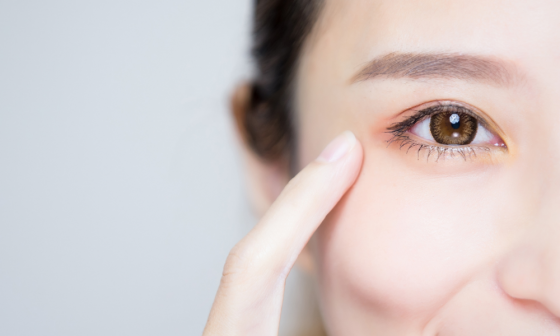If you’ve got some tiny white bumps around your eyes, then you might have milia. Milia are actually sebaceous cysts on the skin, and they’re fairly common in new-borns and babies, but they can also develop in adults. While they’re harmless and not contagious at all, they can be unsightly to look at and even painful! Here are some tips on how to get rid of milia once and for all!
What are Milia?
Milia is a common skin condition where tiny whiteheads form under your skin. The spots can be itchy or painful, depending on their location. It’s often an inherited trait—if one parent had milia, you have a 50% chance of inheriting it too. Milia doesn’t pose any health risks, but many people find them unattractive and want to eliminate them as soon as possible. If you’re one of those people, read on to learn how to get rid of milia!
Causes of Milia
If you have a history of using products that might dry out your skin like scrubs, exfoliators, or face washes with drying ingredients such as alcohol. Exposure to sun without proper sun protection, which can cause irritation. Products that contain alpha hydroxy acids, salicylic acid or beta hydroxy acids may also contribute to milia formation. Miliaria causes include Environmental factors are often associated with its development including exposure to sunlight and dry climate conditions. Genetic predisposition is another factor in some cases. Hormonal changes in women are also linked to developing milia. Milia can be a common side effect of certain medications such as tetracycline antibiotics, isotretinoin (Accutane), anti-seizure medications and lithium carbonate (Eskalith).
When should you see a doctor?
Most instances of milia will go away on their own, but you should still see a doctor if you notice any side effects such as: pain, tenderness, or redness. You should also see a doctor if your skin becomes extremely dry or begins to peel. If your face becomes inflamed or shows signs of an infection such as hot spots or pus-filled bumps that are larger than pimples, you should seek medical advice.
Treatments for Milia
The best way to get rid of milia is a facial peel. They are done professionally or at home, but we recommend a professional treatment from an aesthetician with experience. Milia can also be treated at home with salicylic acid pads, which you can buy over the counter or make at home by mixing 20 parts water with 1 part aspirin. Be careful when doing it yourself as it can be harsh on sensitive skin if left on too long. It’s recommended that you apply for 30 seconds and then rinse off. You should do it 3 times a week until your milia goes away. This will take about 4 weeks. If you don’t see results after 6 weeks, consult a dermatologist because there may be something else going on. There are also other treatments like lasers, dermabrasion, chemical peels. Laser treatments tend to work well for mild cases of milia but may cause scarring in more severe cases. Dermabrasion is usually reserved for extreme cases where nothing else has worked. Chemical peels (like glycolic acid) can help remove dead skin cells that clog pores, which in turn can help prevent breakouts associated with milia. Microdermabrasion is another good option for treating milia, though it isn’t very effective on its own. Microdermabrasion works by removing layers of dead skin cells and stimulating collagen production to smooth out fine lines and wrinkles. Your aesthetician might offer additional treatments such as a laser, dermabrasion or chemical peel during your appointment to treat any remaining spots of milia.






